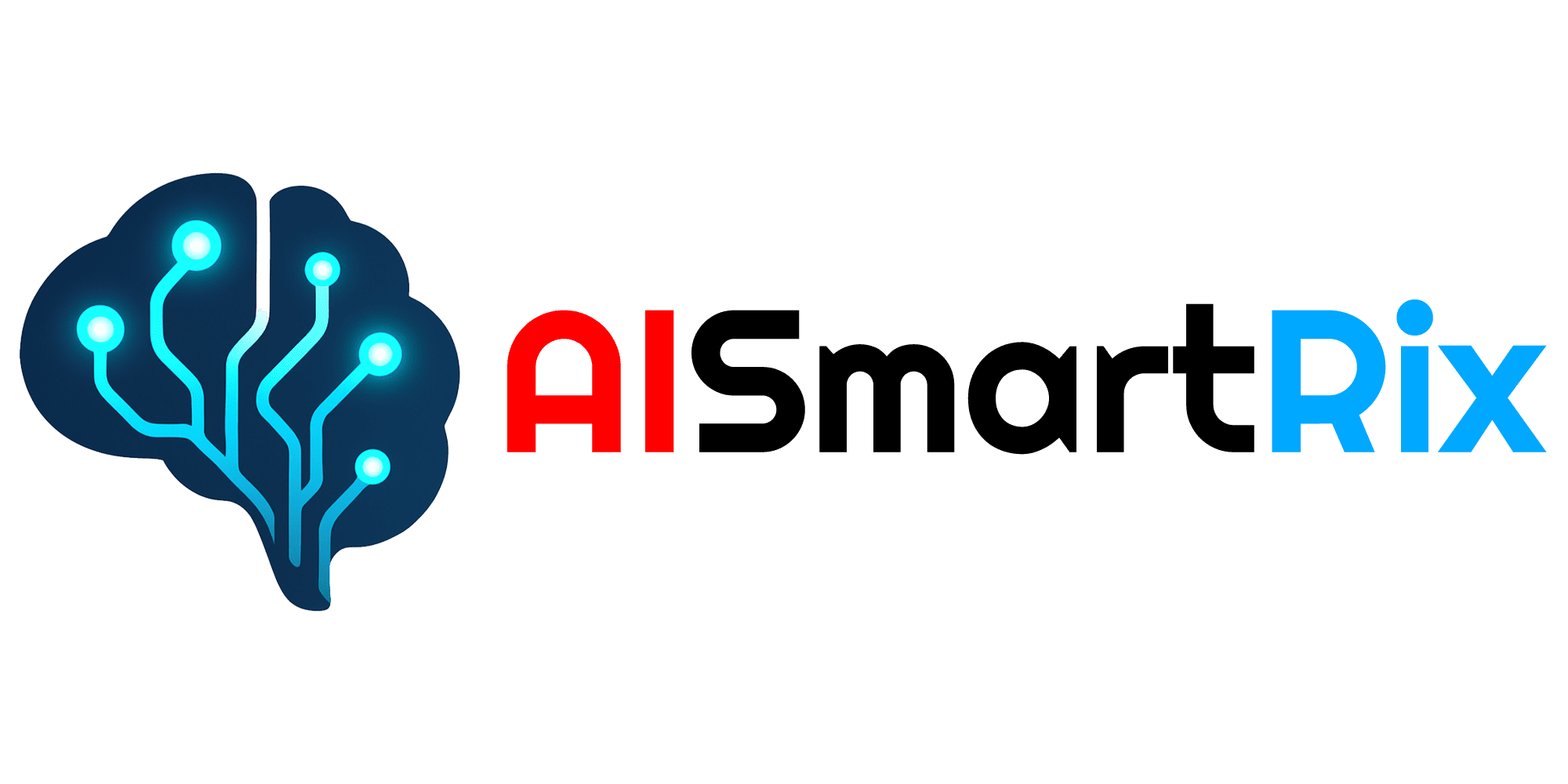AI in Education: Revolutionizing How We Learn and Teach
Artificial Intelligence (AI) is no longer a futuristic concept—it’s here, and it’s changing how we live, work, and most importantly, how we learn and teach. From personalized learning platforms to automated grading systems, AI in education is reshaping classrooms, online learning, and even the way teachers approach instruction. This transformation is not just a trend; it’s a paradigm shift that could define the future of education worldwide.
In this article, we will dive deep into the many ways AI is being used in education, its benefits, challenges, and the future potential it holds.
1. The Rise of AI in the Education Sector
Education has always been at the heart of human progress. For centuries, teaching relied on a one-size-fits-all approach: teachers lectured, and students were expected to absorb knowledge at the same pace. But this system has its flaws—different students learn differently, and teachers often lack the tools to adapt to each learner’s unique needs.
With the rise of AI technologies such as machine learning, natural language processing, and adaptive algorithms, education is becoming more personalized, efficient, and accessible. The global EdTech market is booming, with AI-driven solutions leading the way. According to industry reports, AI in education is expected to grow into a multi-billion-dollar industry within the next decade.
2. Personalized Learning at Scale
One of the most revolutionary contributions of AI is personalized learning. Unlike traditional teaching methods, AI systems can analyze a student’s strengths, weaknesses, and learning pace to create customized lessons.
For example:
- Adaptive learning platforms adjust quizzes and lessons based on a student’s performance.
- AI tutors can explain complex concepts in different ways until the student understands.
- Gamified learning systems use AI to recommend challenges that keep students motivated.
This means no two students are forced to follow the same rigid learning path. Instead, each learner receives an education tailored to their specific needs, maximizing retention and minimizing frustration.
3. AI-Powered Virtual Tutors and Assistants
Imagine having a 24/7 personal tutor available whenever you’re stuck on a math problem or struggling to write an essay. AI-powered assistants make this possible.
- Chatbots in education can answer common questions instantly, such as “What’s the deadline for the assignment?”
- AI writing assistants help students brainstorm ideas, structure essays, and even learn grammar.
- STEM-focused AI tutors guide students step by step through complex equations and science concepts.
Virtual tutors don’t replace teachers but complement them, ensuring that learners always have support, even outside school hours.
4. Automating Administrative and Teaching Tasks
Teachers often spend a huge chunk of time on non-teaching work: grading, creating lesson plans, and answering repetitive questions. AI can take over many of these tasks.
- Automated grading systems can evaluate multiple-choice, short answers, and even essays.
- AI-based lesson planners generate customized teaching materials aligned with curriculum standards.
- Classroom management tools powered by AI can track attendance and analyze student engagement.
By handling repetitive tasks, AI gives teachers more time to focus on what truly matters: teaching, mentoring, and inspiring students.
5. Breaking Language Barriers
AI is making education more inclusive and global. With tools like real-time translation and speech recognition, students from different linguistic backgrounds can learn together without barriers.
- AI translation tools convert lectures into multiple languages instantly.
- Speech-to-text transcription helps students with hearing impairments.
- Multilingual chatbots provide assistance to international students.
This opens doors for cross-cultural collaboration and ensures that education is accessible to learners worldwide, regardless of language.
6. AI in Higher Education and Research
In universities, AI is helping not just students but also researchers and professors.
- AI-driven plagiarism detectors ensure academic integrity.
- Research assistants powered by AI can scan thousands of academic papers to identify key trends.
- Predictive analytics can identify students at risk of dropping out, allowing institutions to intervene early.
These tools are transforming higher education into a smarter, data-driven environment.
7. Enhancing Online and Remote Learning
The COVID-19 pandemic accelerated the shift to online education. AI played a vital role in making this transition smoother and more effective.
- Smart video platforms automatically generate captions, quizzes, and summaries.
- AI-driven learning management systems (LMS) monitor student engagement in real-time.
- Proctoring tools powered by AI maintain exam integrity in remote environments.
AI ensures that online learning is not just convenient but also interactive and reliable.
8. Benefits of AI in Education
The advantages of adopting AI in education are vast:
- Personalization: Tailored learning paths for each student.
- Accessibility: Breaking barriers for students with disabilities and language challenges.
- Efficiency: Automating grading and admin work saves time.
- Scalability: AI tutors and tools can be accessed by millions simultaneously.
- Engagement: Interactive AI-driven content keeps learners motivated.
9. Challenges and Ethical Concerns
While AI is promising, it also raises challenges:
- Data privacy concerns: Student information must be protected.
- Over-reliance on technology: Human teachers remain irreplaceable for emotional and social learning.
- Bias in AI algorithms: If not trained properly, AI may unintentionally favor or disadvantage certain groups.
- Cost of implementation: Advanced AI systems can be expensive for schools with limited resources.
To truly revolutionize education, policymakers, developers, and educators must work together to address these concerns.
10. The Future of AI in Education
Looking ahead, the future of AI in education is both exciting and full of potential. Some trends we are likely to see include:
- AI-driven lifelong learning platforms for adults and professionals.
- Virtual reality (VR) classrooms combined with AI tutors for immersive learning.
- AI-powered creativity tools that help students design, code, and innovate.
- Predictive analytics to build personalized career paths for students.
Ultimately, AI won’t replace teachers—it will empower them. The future classroom will be a human-AI partnership, where educators focus on empathy, creativity, and critical thinking while AI handles personalization, analytics, and repetitive tasks.
Final Thoughts
AI is no longer an experiment in education—it’s a revolution in progress. By making learning more personalized, accessible, and efficient, artificial intelligence has the potential to create a world where every student learns in the way that suits them best. The transformation won’t be without challenges, but if used wisely, AI could make education more inclusive, innovative, and impactful than ever before.
Do you think AI will ultimately make teachers’ roles easier, or will it challenge traditional education systems in ways we haven’t fully anticipated yet?





